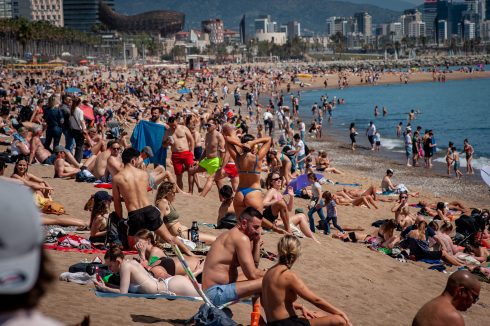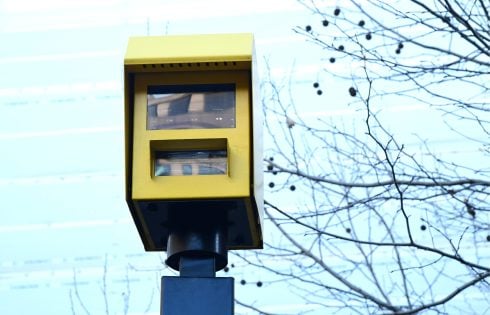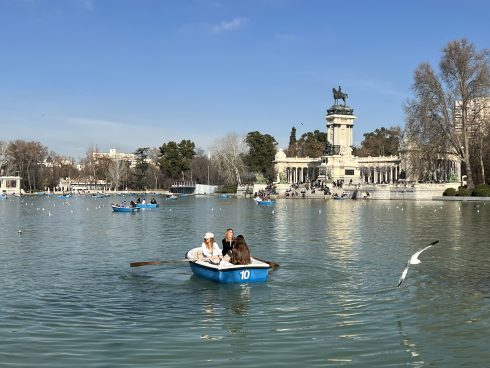SPAIN is littered with castles. It has such a glut – 10,257 to be exact – that I’d believe it if there were more castles per capita in Spain than in any other country.
You’ll see castellated walls in various states of upkeep perched atop craggy outcrops the length and breadth of Spain, whether they were built by the Moors across the southern half of the peninsula or by the Crusaders who battled to prevent the Islamic invasion stretching further north.
Most visitors to inland Spain have ticked off the hugely famous fortress palaces like Sevilla’s Alcazar or Granada’s Alhambra or the fairy tale castle in Segovia with its turrets and buttresses that wouldn’t look out of place in a Disney movie.
Plenty of others are familiar the world over having served as locations for scenes of Game of Thrones.
With so many castles to choose from, you’d be forgiven for not pulling off the motorway every time you saw one.
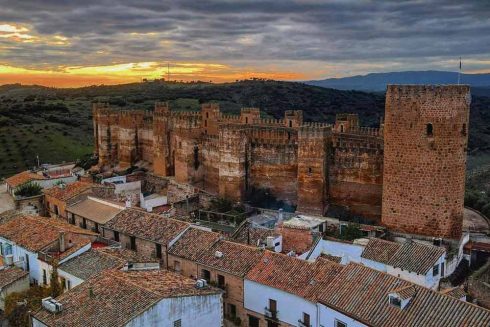
However, on a hillside outside Jaen, rising out of a sea of olive groves, there is a stop worth making,
This is Baños de la Encina, just a 20 minutes diversion off the A-4 about halfway between Madrid and the coast, in the province of Jaen, Andalucia.
This town of fewer than 3,000 people boasts the oldest castle in Spain (that is still standing), an impressive sight with its perfectly preserved walls that date back to the 10th century.
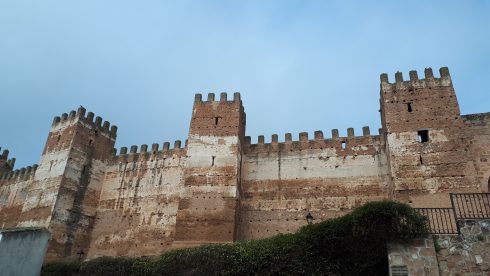
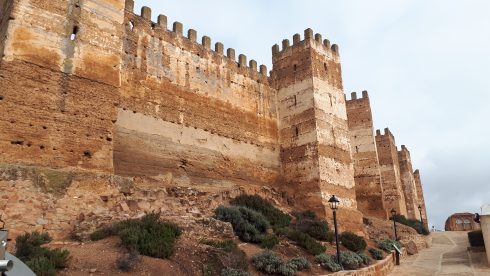
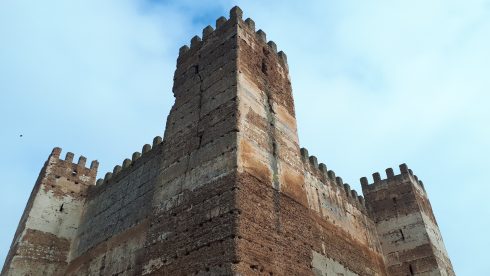
It was the Celtiberians who are believed to have first settled on this outlook above a river followed by the Romans, but it was under the Caliphate of Cordoba and Al-Hakam II that in 967 the castle was constructed as part of a network of fortresses across the Sierra Morena.
Originally known as Bury al-Hammam and then Castillo de Burgalimar, the majestic castle walls connect 14 towers with a fifteenth larger tower in one corner.
Although its high walls may look like sandstone, they are built of compressed earth, a sophisticated adobe that has survived more than a millennia. They surround a vast oval space within.
Stroll around the outside of the walls and take in vast vistas of olive trees stretching as far as the eye can see, as well as the beauty of the reservoir below.
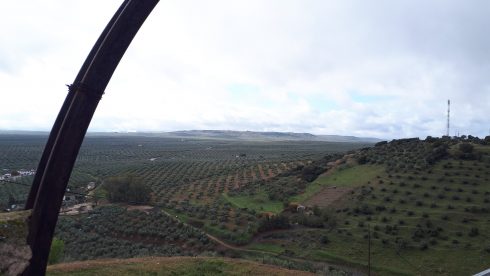
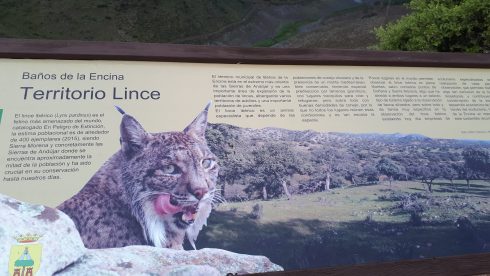
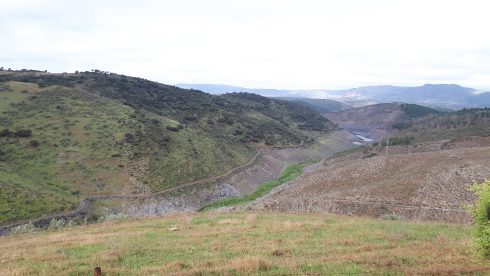
These rolling hills that stretch away to the horizon are home to the Iberian lynx, although the elusive creatures are hard to spot.
Nestled behind the castle is the town itself, its pretty white-washed buildings clinging to the hillside.
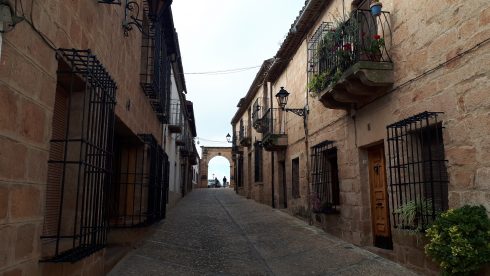
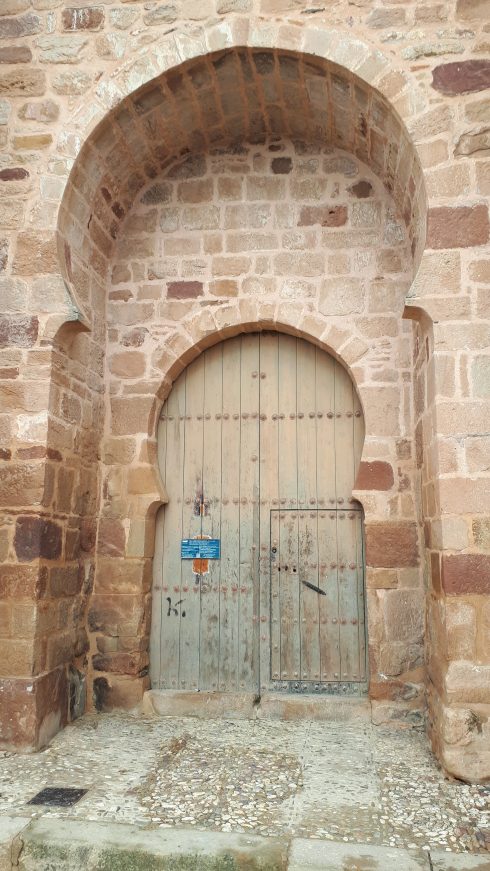
Once you’ve explored the castle and taken in the splendid views, wander through the network of narrow cobbled streets and patios where you’ll catch glimpses of the castle walls around every corner.
It’s off the beaten track and you won’t find coach loads of tourists but Baños de la Encina is most definitely a pit-stop worth making.
READ ALSO:
- Travel Spain: The villages you should visit in the Alpujarra south of Granada
- SPAIN TRAVEL: Eight interesting villages to put on your Andalucia bucket-list
- The perfect weekend escape: Take a road trip through Axarquia in Spain’s Andalucia


